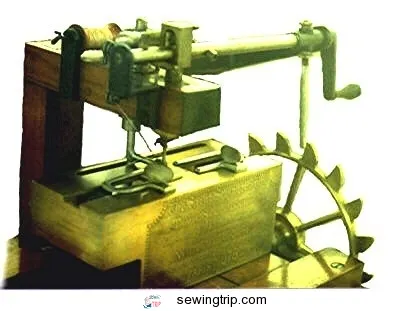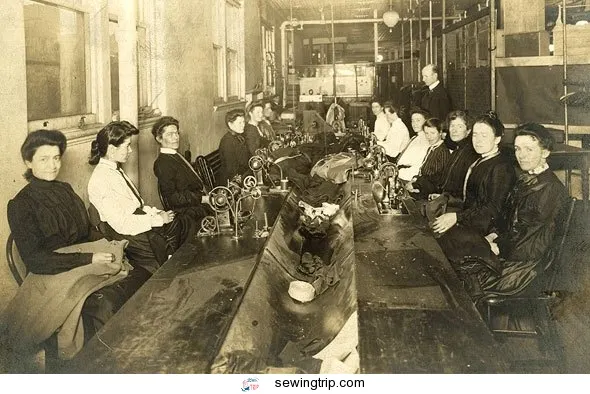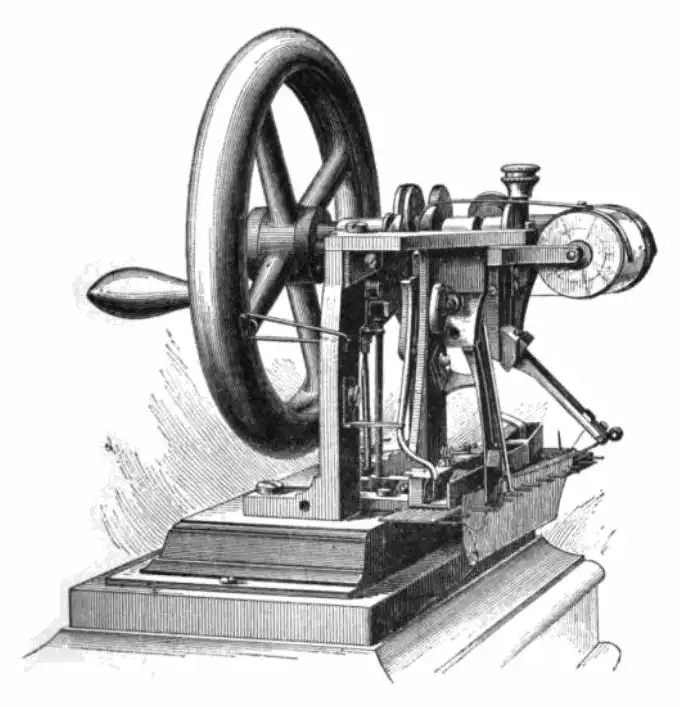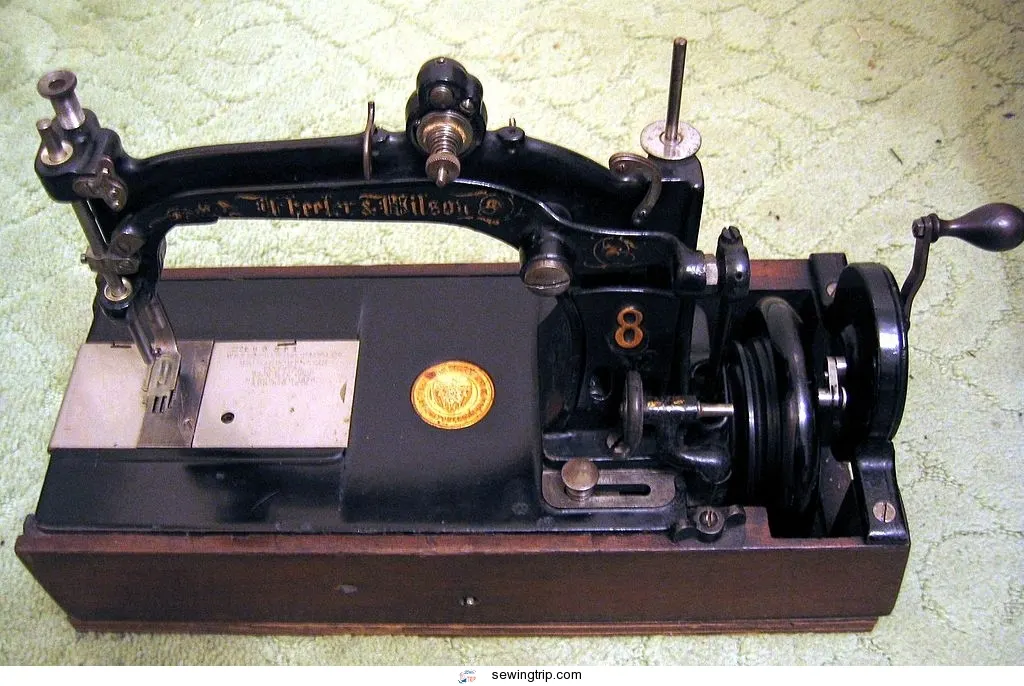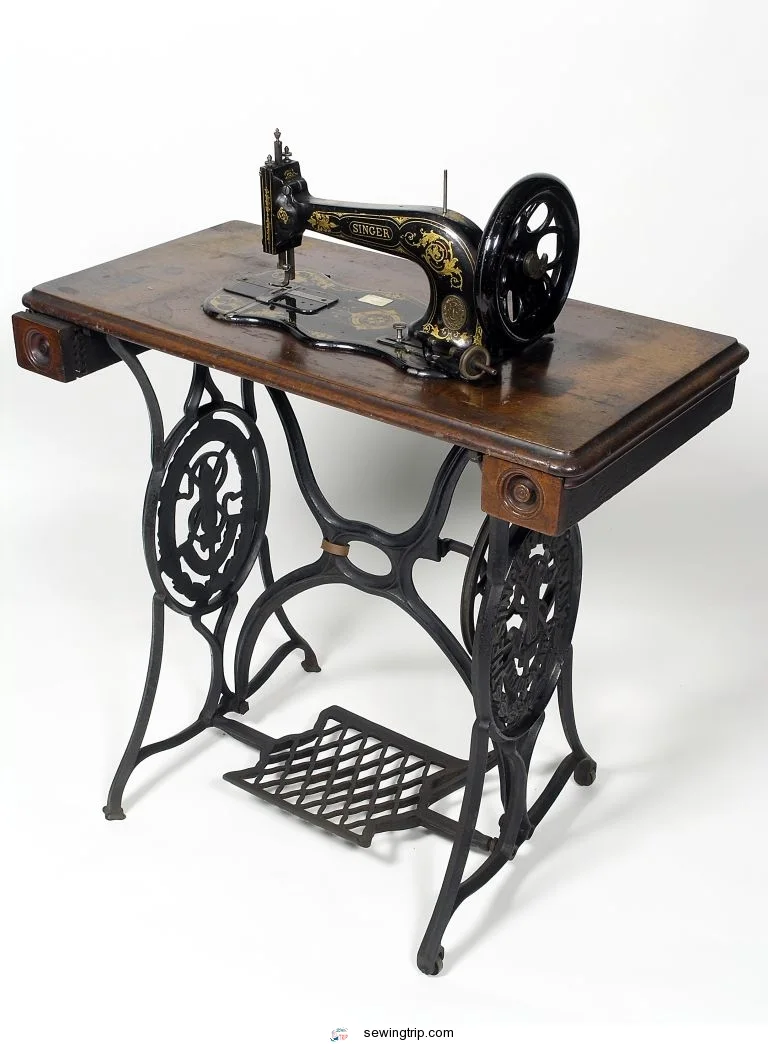This site is supported by our readers. We may earn a commission, at no cost to you, if you purchase through links.
The history of the sewing machine is difficult.
With its roots dating back to 1755, this revolutionary machine from the beginning of the stop-start, patent wars and a huge factory fire.
A sexy history for such a domestic machine.
]
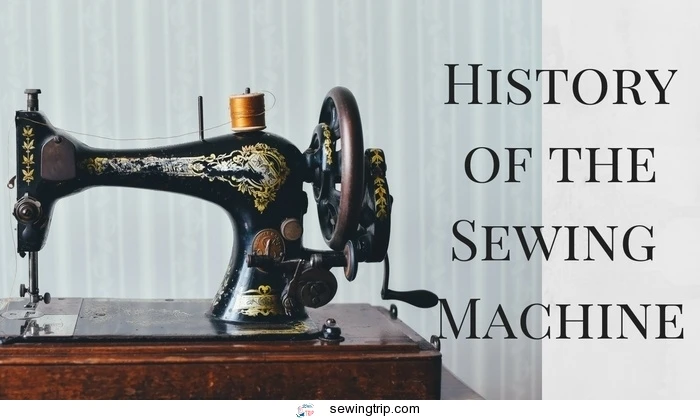
Many inventors and nations claim the invention of the sewing machine – including Germany, the UK, Austria and the US – but there was so much’borrowing’of ideas and development that it is difficult to name only one person as the inventor of the sewing machine.
However, we can trace the origin and there is a clear timeline of events leading to the development of the sewing machine. Sewing machines with which we are so familiar today.
Let’s see…
The history of the sewing machine
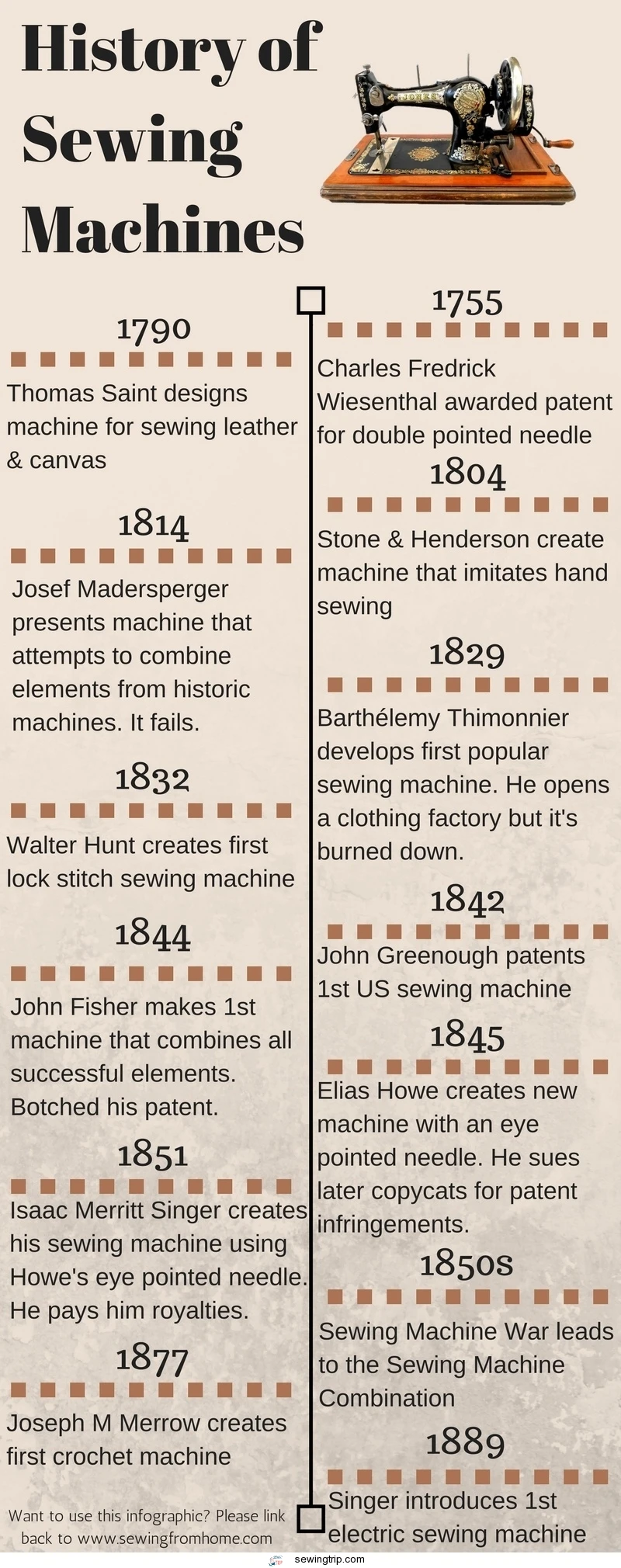
1755
A German immigrant to England, Charles Frederick Wiesenthal, works as an engineer. It will help when sewing. There is no such thing as a machine that goes with this device.
1790
Thomas Saint designs a machine to leather and canvas to be sewn – mainly marine sails. The machine uses an awl to make a hole in the material, allowing the needle to pass through it in a chain stitch.
It is unknown if he ever saw the machine next to it. machine built. To design. In 1874 William Newton Wilson found the designs and built a working machine from them, with some minor modifications to the gripper mechanism.
1804
The English Thomas Stone and James Henderson create a machine that aims to imitate traditional sewing by hand.
In the same year, John Duncan in Scotland creates a multi-needle embroidery machine.
1810
Balthasar Krems, a German, makes a sewing machine for sewing caps. He has no patents, and we consider the machine defective.
1814
Josef Madersperger, a Viennese tailor, presents its first sewing machine. He tries to combine the elements of the sewing machine prototypes that have preceded him, but in the end cannot produce a practically working machine.
1829]
Barthélemy Thimonnier develops the first working and popular sewing machine in France, which uses chain stitches to create straight seams. It uses a crochet hook and the machine we made it of wood.
He patents his design in 1830 and opens a clothing production company the same year, making uniforms. for the French army.
Unfortunately, the revolutionary aspect of the sewing machine proves too much for the local population and his factory – complete with 80 of its sewing machines – burns down within a decade after opening.
American inventor Walter Hunt creates the first lock stitch sewing machine that produces short seams.
It uses a pointed needle to carry the upper thread and a falling shuttle to carry the lower thread. for the hand sewing economy. He did not patent his design until 1854.
1842
John Greenough patents the first sewing machine in the US, which the needle completely through the material.
1844
Englishman John Fisher develops the first sewing machine that incorporates all successful design elements of the past half century. Although the machine to sew lace only, Fisher saw its potential as a general purpose sewing machine.
Unfortunately, Fisher has missed much recognition for his part in the development of the sewing machine, because unfortunately he does not file his patent correctly.
1845
Elias Howe makes a sewing machine that differs from Fisher’s in that the fabric vertically and – – includes a needle with a pointed tip. It’s also hand-cranked.
Howe took a long time to find success with his sewing machine, even moving to England to find a market for it. When he returned to the US to be by his dying wife’s bedside, he discovered that sewing machines had finally taken hold in his homeland and that several manufacturers were using his patent designs to sell their wares. 19659040]He successfully sued many of them, including the famous Isaac Merritt Singer, for patent infringement and future royalties.
1851
Isaac Merritt Singer makes his First sewing machine to combine Howe’s pointed needle (for which he would later pay him royalties) with a falling shuttle and a fixed arm to hold the needle.
1850s
]
The sewing machine industry really heated in the GCr,y when the Wheeler Wilson Company created a machine that ran much quieter and smoother than their competitors, as well as the four motion invented feed mechanism still used in machines today.
Charles Miller created during this time also a machine for sewing buttonholes.
The number of patents granted for sewing machines in the 1950s reached a point where inventors sued each other left, right and center for various infringement claims. This led to a patent thicket commonly referred to as the the’Sewing Machine War’.
1856
The Sewing Machine War came to a head. ended when the big players teamed up to protect their monopoly with the sewing machine combination.
The group comprised Singer, Howe, Wilson Wheeler and Grover Baker.
They bundled their patents until the last one expired in 1877.
1857
Another American inventor James Edward Allen Gibbs patented the first single-thread chain-stitch sewing machine.
1860s
This was the era when sewing machines finally came into vogue. Clothing manufacturers picked them up as they strived for efficiency and economy as they made their way into the homes of stay-at-home parent.
1877
Joseph M Merrow created the first production overclock sewing machine, commonly referred to as the first crochet machine.
1885
Singer patents the Singer Vibrating Shuttle sewing machine, which was incredibly popular before being overtaken by rotary shuttle machines in the 20th century.
The vibrating shuttle arrived. from Allen B. Wilson, who developed the idea for improved overclock stitches.
1889
Singer introduces the first electric sewing machine machines in the world.
1918
Singer becomes the first man to spend more than $1 million a year on advertising.
Currently he sells manual, pedal and electrical machines.
If you want to learn more about the complicated history of the sewing machine, check out this great video topic:
And that’s the history of petting machines!

